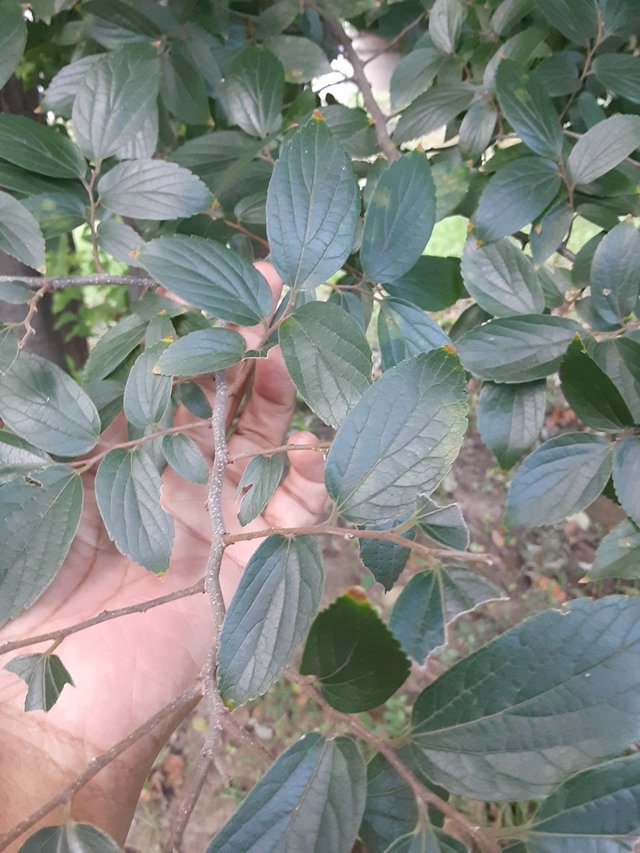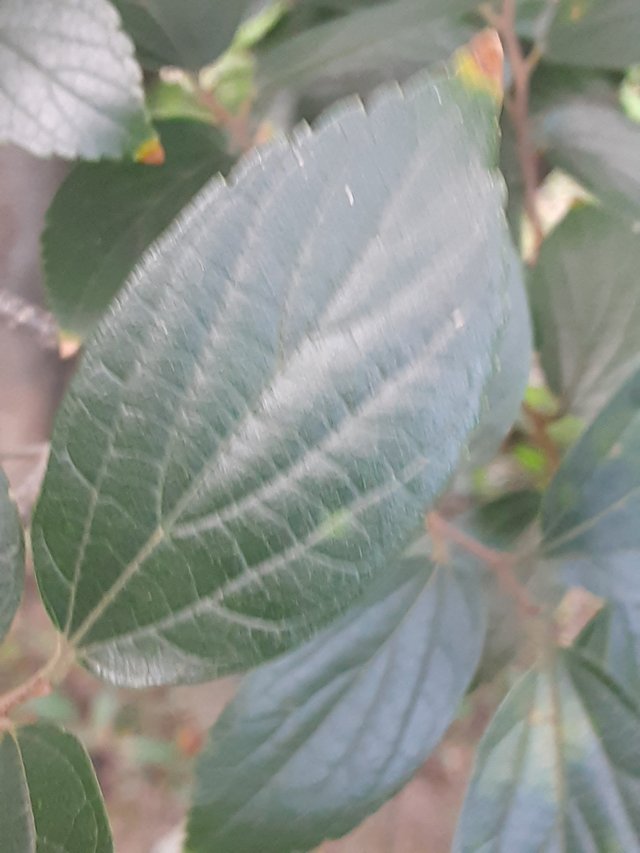
Celtis sinensis, commonly known as the Chinese hackberry or Japanese hackberry, is a deciduous tree that offers a striking combination of beauty and adaptability. Native to East Asia, this species has gained popularity worldwide for its ornamental value and resilience.
One of the most distinctive features of Celtis sinensis is its leaves. These are simple, alternate, and ovate in shape, with a pointed tip and a rounded base. The leaves are typically dark green and glossy on the upper surface, while the underside is paler and often hairy. The margins of the leaves are serrated, especially towards the tip, and the veins are prominently visible. In autumn, the leaves turn a vibrant yellow before falling, adding a touch of color to the landscape.

The texture of the leaves is another notable characteristic. They are relatively thick and leathery, giving them a sturdy appearance. This toughness contributes to the tree's ability to withstand harsh weather conditions and pests. Additionally, the leaves are often asymmetrical, with one side slightly larger than the other. This asymmetry adds a unique and interesting element to the overall appearance of the tree.
Celtis sinensis is a versatile species that can thrive in a variety of environments. It is tolerant of drought, pollution, and poor soil conditions, making it a suitable choice for urban settings and challenging landscapes. The tree's attractive foliage, combined with its adaptability, has made it a popular choice for parks, gardens, and street plantings.
Ref.:
 |  |
Upvoted! Thank you for supporting witness @jswit.
Downvoting a post can decrease pending rewards and make it less visible. Common reasons:
Submit